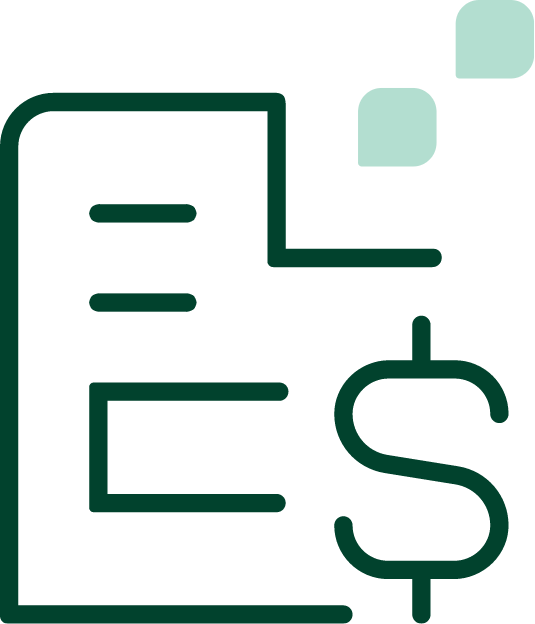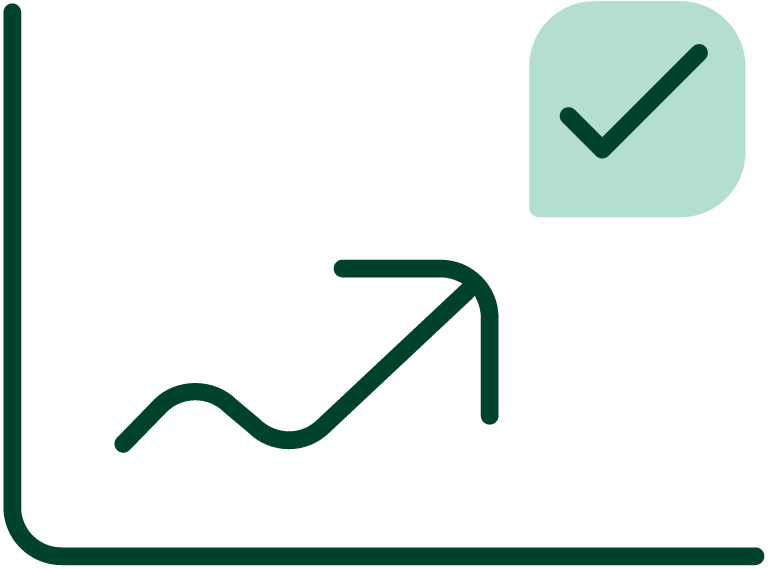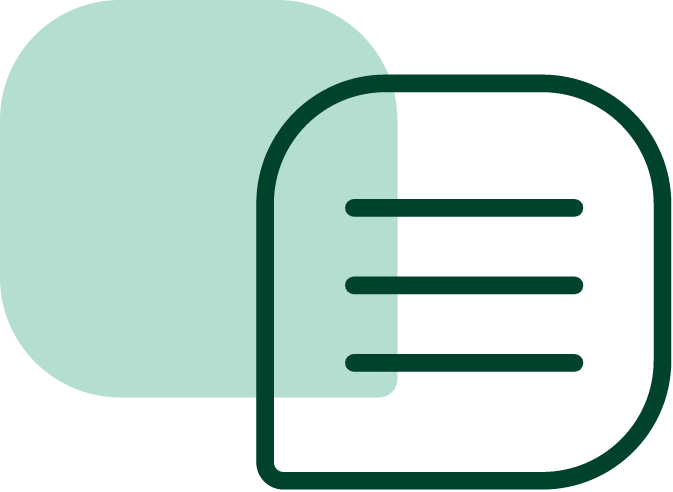What is Client Due Diligence
Client due diligence (CDD) is a comprehensive process businesses undertake to verify the identity, assess the risk profile, and understand the nature of their clients’ activities before and during a business relationship. This systematic evaluation helps organizations protect themselves against fraud, money laundering, terrorist financing, and other financial crimes. CDD serves as a critical component of risk management practices, particularly in financial institutions, accounting firms, legal practices, and other regulated sectors.
Unlike simpler identity verification processes, client due diligence is more thorough and ongoing. It involves collecting and analyzing relevant information about clients, their business activities, and transaction patterns to ensure they align with the organization’s risk appetite and comply with regulatory requirements. The depth and scope of due diligence efforts typically correlate with the assessed level of risk a client presents.
Key Components of Client Due Diligence
A comprehensive client due diligence process encompasses several essential components:
- Client Identification and Verification: Gathering and validating identifying information from clients, including government-issued IDs, business registrations, and incorporation documents.
- Beneficial Ownership Identification: Determining the ultimate beneficial owners-individuals who own or control the client entity-particularly important when dealing with complex corporate structures.
- Risk Assessment: Evaluating clients based on various risk factors such as geographic location, industry sector, transaction patterns, and credit history.
- Business Relationship Understanding: Gaining clear insight into the purpose and intended nature of the business relationship, including expected transaction patterns and sources of funds.
- Ongoing Monitoring: Implementing continuous client due diligence to detect unusual or suspicious activities throughout the relationship lifecycle.
- Documentation and Record-Keeping: Maintaining comprehensive records of all due diligence activities, decisions, and supporting documentation.
- Screening Against Watchlists: Checking clients against various sanctions lists, politically exposed persons (PEPs) databases, and adverse media reports.
When risk indicators are identified, companies may need to implement enhanced client due diligence procedures, involving more rigorous scrutiny and additional verification steps.
Objectives of Client Due Diligence
The primary objectives of client due diligence include:
- Risk Mitigation: Protecting the organization from reputational damage, financial losses, and legal consequences by identifying high-risk clients before engagement.
- Regulatory Compliance: Meeting legal obligations set forth by various anti-money laundering (AML) and counter-terrorist financing (CTF) regulations across jurisdictions.
- Fraud Prevention: Identifying potential fraudulent activities by thoroughly understanding client backgrounds and monitoring transaction patterns for suspicious behavior.
- Financial Crime Detection: Spotting and preventing money laundering, terrorist financing, corruption, or other financial crimes that might be facilitated through the business relationship.
- Credit Risk Management: Assessing clients’ creditworthiness and financial stability to minimize the risk of doubtful accounts and bad debt.
- Business Relationship Quality: Establishing strong, transparent relationships with legitimate clients while filtering out potentially problematic ones.
Legal Framework and CDD Regulations
Client due diligence is governed by a complex framework of international standards and country-specific regulations. Key regulatory frameworks include:
- Financial Action Task Force (FATF) Recommendations: International standards that provide a comprehensive framework for AML/CTF measures, including detailed CDD requirements.
- Bank Secrecy Act (BSA): U.S. legislation requiring financial institutions to assist government agencies in detecting and preventing money laundering.
- EU Anti-Money Laundering Directives: Progressive regulations that establish CDD requirements across European Union member states.
- Know Your Customer (KYC) Regulations: Specific rules within broader AML frameworks focusing on customer identity verification, often referred to as know your client due diligence.
- Industry-Specific Regulations: Rules tailored to specific sectors, such as the client due diligence checklist for accountants provided by professional accounting bodies.
Non-compliance with these regulations can result in substantial penalties, including financial sanctions, loss of operating licenses, and criminal prosecution for responsible individuals within the organization.
Client Due Diligence Process: Step-by-Step
An effective client due diligence process typically follows these sequential steps:
- Initial Client Screening:
- Collect basic identification information
- Perform preliminary risk assessment
- Check against sanctions and PEP lists
- Client Identification and Verification:
- Request and verify identity documents
- Validate business registration documents for entities
- Confirm address and contact information
- Risk Assessment:
- Evaluate client risk based on predetermined criteria
- Classify clients into risk categories (low, medium, high)
- Determine the appropriate level of due diligence required
- Enhanced Due Diligence (for higher-risk clients):
- Investigate sources of funds and wealth
- Examine complex ownership structures
- Research client reputation and background
- Analyze historical transaction patterns
- Approval Process:
- Document findings and risk assessment
- Obtain necessary approvals based on risk level
- Implement risk mitigation measures where appropriate
- Ongoing Monitoring:
- Establish continuous client due diligence procedures
- Set up transaction monitoring systems
- Schedule periodic reviews based on risk profile
- Update client information regularly
- Documentation and Reporting:
- Maintain comprehensive records of all due diligence activities
- Report suspicious transactions to relevant authorities when required
- Document decision-making processes and rationales
- Integration with Accounts Receivable Management Process:
- Link due diligence findings to credit terms and payment conditions
- Establish appropriate credit limits based on risk assessment
- Develop tailored collection strategies for different client risk profiles
Best Practices for Effective Client Due Diligence
To implement a robust CDD program, organizations should consider these best practices:
- Risk-Based Approach: Allocate resources based on the risk level of clients, applying more stringent measures to high-risk relationships and streamlining procedures for lower-risk clients.
- Technology Integration: Utilize automated solutions for client screening, transaction monitoring, and risk scoring to enhance efficiency and effectiveness.
- Centralized Data Management: Maintain a single source of truth for client information to ensure consistency and facilitate comprehensive risk assessment.
- Staff Training: Provide regular training to relevant personnel on CDD procedures, red flags, and regulatory requirements.
- Regular Program Review: Periodically assess and update the CDD program to address emerging risks, regulatory changes, and operational inefficiencies.
- Third-Party Tools: Leverage business credit reporting services to complement internal due diligence efforts with independent financial assessments.
- Clear Escalation Procedures: Establish well-defined protocols for handling red flags, suspicious activities, and high-risk client situations.
- Documentation Standards: Develop comprehensive documentation requirements that ensure all due diligence activities are properly recorded and readily accessible during audits or regulatory examinations.
- Client Communication Strategy: Create transparent communication channels to explain due diligence requirements to clients and efficiently collect necessary information.
- Integration with Business Processes: Embed CDD procedures into broader business operations, particularly credit management and accounts receivable functions, to create a seamless experience for clients while maintaining robust controls.
How Gaviti Helps with Client Due Diligence
Gaviti’s accounts receivable automation platform streamlines the client due diligence process by integrating financial risk assessment into your AR workflows. The platform provides real-time visibility into client payment behaviors, automatically flags concerning patterns, and maintains comprehensive documentation for compliance purposes. With Gaviti’s advanced analytics capabilities, businesses can continuously monitor customer financial health, adjust credit terms based on risk profiles, and make data-driven decisions about client relationships. By centralizing client financial data and automating monitoring processes, Gaviti empowers organizations to maintain robust due diligence practices while optimizing operational efficiency and protecting cash flow.
Want to learn more? Schedule a live demo with Gaviti





















